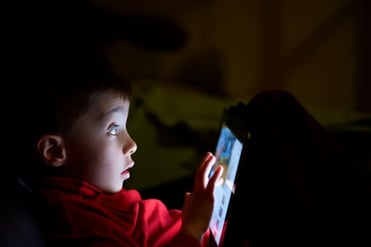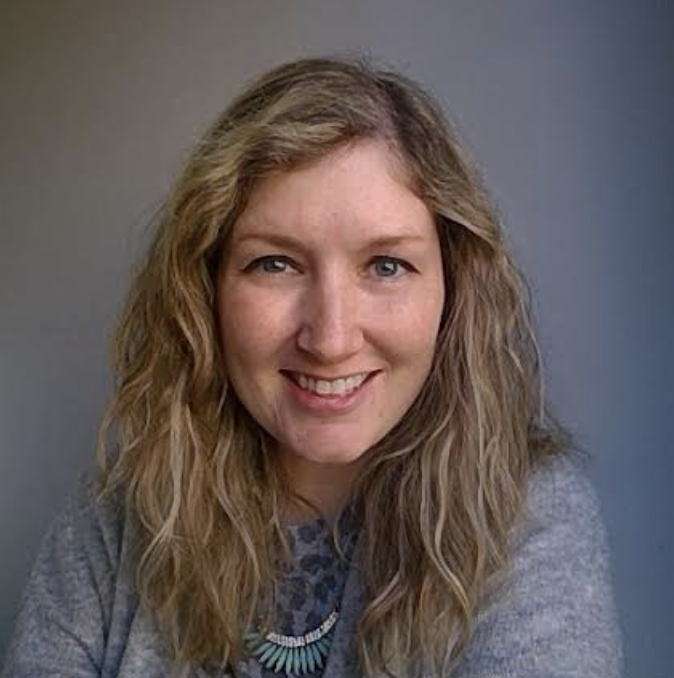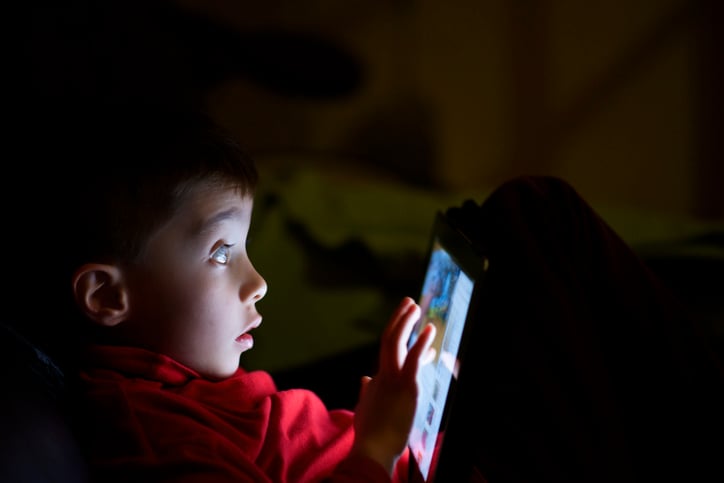What Research Has Shown About School Closures Impact on Autistic Students
As schools started up again for the 2021-2022 school year, there were a lot of questions. The previous year’s fluctuations between remote, hybrid, and in-person models left everyone’s heads spinning, perhaps none more than autistic students.
From the initial school closings in Spring 2020, researchers have had time to analyze data and gauge how those closures, increased technology access, and modified special education services affected autistic students compared to neurotypical peers.
Behavioral Impact
Many articles have speculated as to the impact of school closures on everyone’s behavioral changes and mental health. Several studies had the opportunity to collect data to see which areas most affected autistic students.
The hypothesis:
Because autistic students thrive on routines and consistency, they are vulnerable to disruptions and researchers anticipated an increase in maladaptive behaviors during home confinement.
The results:
Data did indicate significantly higher levels of externalizing aggressive behaviors and also more problems related to thinking and processing thoughts. Additional studies also saw an increase in sleeping problems, increased restricted and repetitive behaviors, and changes in eating habits. Autistic students often express their anxiety or fear through external behaviors, in this case possibly due to a lack of full comprehension of the Covid-19 pandemic and school closures.
During those closures, more autistic students had continued access to attend after-school activities than neurotypical peers. But even with this routine intact, the uncertainty and disruption in normal routines were significant enough that they generated higher anxiety than neurotypical peers.
Data also showed autistic students tended to have shorter times of learning than neurotypical peers. This inequity may have been caused by the highly specialized instruction that many autistic students require and ineffective means to implement lessons.
Excessive Internet Usage
In one of the more surprising studies, researchers in Japan compared excessive and problematic internet usage during the 2019 school closure between autistic students and non-autistic students. During the first several months of school closures, all secondary students surveyed claimed to be spending 80% more of their time on YouTube and 40-50% were spending more time on gaming apps.
 The hypothesis:
The hypothesis:
The premise anticipated that autistic students would likely have an astronomically higher level of internet addiction and over-usage as a result of greater access to technology during the school closures. That was based on prior research which already indicated autistic adolescents have higher internet and video game use. Pairing ASD with ADHD also tended to coincide with a higher risk of internet addiction.
The results:
Not surprisingly, internet or digital media use did increase in both the control group and the autistic group, but digital media use time increased more significantly in the control group than in the autistic group. While some of that time may have been to communicate with peers during shutdown, the ability to rationalize increased screen time including the internet in general can be linked to deterioration in mental health.
Major Takeaways
1. Telehealth as a viable option
The conclusions drawn from these studies emphasize the significance of continued access to support in order to reduce vulnerability factors present for autistic students—specifically to mitigate repetitive behaviors and further growth in academic, functional, and adaptive skills. Every study recognized the role that telehealth platforms can play in reducing the impact of disrupted service delivery caused by pandemic-like circumstances. Not only can telehealth aid during a pandemic, but even in a post-pandemic world, this model could offer individuals higher access to services regardless of location, greater flexibility in service scheduling, and could also reduce the long waitlist that many families with autistic children are held up on until their “number” is finally called to receive services.
2. Sensitize all children
Nearly all students in these studies experienced stress from the pandemic that increased psychological and behavioral strains; however, autistic children were differently affected. Anxiety and depression are more prevalent among autistic individuals linked to uncertainty from the pandemic. These changing expectations in both home and school settings and decreased access to peers have caused a tremendous spike in anxiety-related behaviors. Having open communication about the current status of the world in language and levels that children can understand can help ease that anxiety by sensitizing them to the current status quo. Co-regulation strategies and teaching coping skills can help students practice healthy calming skills when those anxious feelings return.
3. Formulate strategies to prevent excessive screen time for all students
Routines help make life feel predictable and safe, even in uncertain times. While home life may have been more unstructured when school was in session, reducing excessive screen time by setting designated times for that activity puts a healthy limit on access and helps build consistency. Now, home is not a school and parents should not be expected to run it with the same degree of intense programming. However, breaking the day into smaller chunks can develop a rhythm to reduce anxiety and help prevent excessive screen time.
We can’t be sure what the future holds, but we can look back at the facts and data from researchers in Japan and elsewhere related to autistic students.

What has been your experience with school closures? Can you share with us any useful advice that has helped you through those difficult times?
References
Ameis, S.H., Lai, MC., Mulsant, B.H. et al. Coping, fostering resilience, and driving care innovation for autistic people and their families during the COVID-19 pandemic and beyond. Molecular Autism 11, 61 (2020). https://doi.org/10.1186/s13229-020-00365-y
Kawabe, K., Hosokawa, R., Nakachi, K., Yoshino, A., Horiuchi, F., & Ueno, S. I. (2020). Excessive and Problematic Internet Use During the Coronavirus Disease 2019 School Closure: Comparison Between Japanese Youth With and Without Autism Spectrum Disorder. Frontiers in public health, 8, 609347. https://doi.org/10.3389/fpubh.2020.609347
Kawaoka, N., Ohashi, K., Fukuhara, S. et al. Impact of School Closures due to COVID-19 on Children with Neurodevelopmental Disorders in Japan. J Autism Dev Disord (2021). https://doi.org/10.1007/s10803-021-05119-0
Rie Hosokawa, Kentaro Kawabe, Kiwamu Nakachi, Ayumi Yoshino, Fumie Horiuchi & Shuichi Ueno (2021): Behavioral Affect in Children with Autism Spectrum Disorder during School Closures Due to the COVID-19 Pandemic in Japan: A Case-Controlled Study, Developmental Neuropsychology, DOI: 10.1080/87565641.2021.1939350

Frankie Kietzman, Ed.S.
Frankie Kietzman is a Sales Development Associate for STAGES Learning with experience teaching as an elementary teacher, self-contained autism teacher for elementary and secondary students, autism specialist and coach for teachers dealing with challenging behaviors. Frankie’s passion for supporting children and adults with autism originates from growing up with her brother who is deaf and has autism. As one of her brother’s legal guardians, she continues to learn about post-graduate opportunities and outcomes for people with autism. Frankie has a Bachelor’s degree from Kansas State University in Elementary Education, a Master’s degree in high and low incidence disabilities from Pittsburg State University and in 2021, completed another Master’s degree in Advanced Leadership in Special Education from Pittsburg State University.





